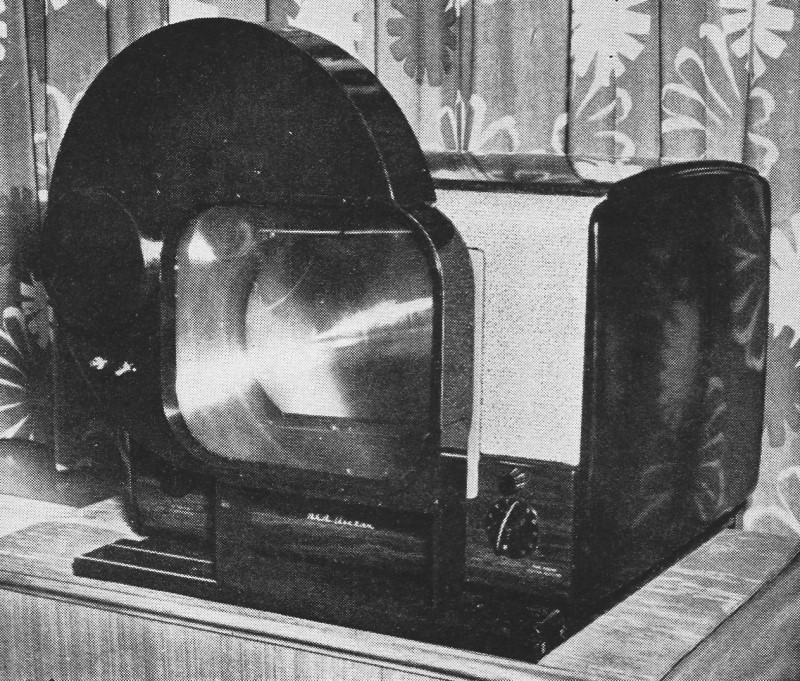
1950S TV COLOR CONVERTER TV
Games like “Empire Stikes Back” need significant bandwidth to display well.Ī modern QLED, microLED TV is probably up to the brightness dynamic range needed to faithfully emulate the way things like the ‘missiles’ looked in Asteroids Deluxe.
1950S TV COLOR CONVERTER DRIVER
I hacked in an external driver board and power supply, so at least simpler games work well. The Vectrex has a very slow and weak deflection system, so the v.st system has to slow down significantly to match the dv/dt capabilities and not badly round-off and distort things. I’ve played with the monochrome version of this (v.st) using a modded Vectrex, and while it’s not prefect, it works well enough to be enjoyable. There’s a color deflection board project out there which allows a consumer 110 degree deflection tube and yoke to be transplanted, but it’s locked-away inside a Facebook group, and I refuse to have anything to do with Facebook. I was really hoping the project would also include the deflection driver board, but sadly it does not. Posted in classic hacks Tagged arcade monitor, mame, vector display Post navigation Want to learn more about vector displays? Check out this thorough introduction. If you’d like to build the vstcm but can’t find a vector monitor, you can always modify the yoke of a conventional CRT. The end result definitely looks the part, although notes that performance is not at the level it could be and requests those familiar with the Teensy platform to help optimize the code.
1950S TV COLOR CONVERTER SOFTWARE
A custom software interface connects the vstcm to AdvanceMAME, a special version of the well-known arcade emulator that facilitates the connection of unusual display systems. While the v.st can only connect to monochrome X/Y systems like oscilloscopes, the vstcm can work with RGB monitors to allow near-perfect emulation of color vector-based games. The design is based on and ’s v.st system, and therefore features a Teensy microcontroller as well as a couple of digital-to-analog converters.

In order to emulate these games more faithfully than would be possible on a raster monitor, designed the vstcm: a color vector monitor controller to easily drive RGB vector monitors. Vector displays were also used in several arcade machines of the early 1980s, including classics like Tempest, Gravitar and Star Wars. This gives the image a unique look that’s quite distinct from the pixel-based raster displays used on TVs and most computer monitors.
.jpg)
Those hacks generally use vector graphics, where the cathode ray tube’s electron beam directly draws geometric shapes onto the screen. If you’ve been reading Hackaday long enough, you’ve probably come across a few hacks where someone made simple animations or even video games on an analog oscilloscope screen.


 0 kommentar(er)
0 kommentar(er)
